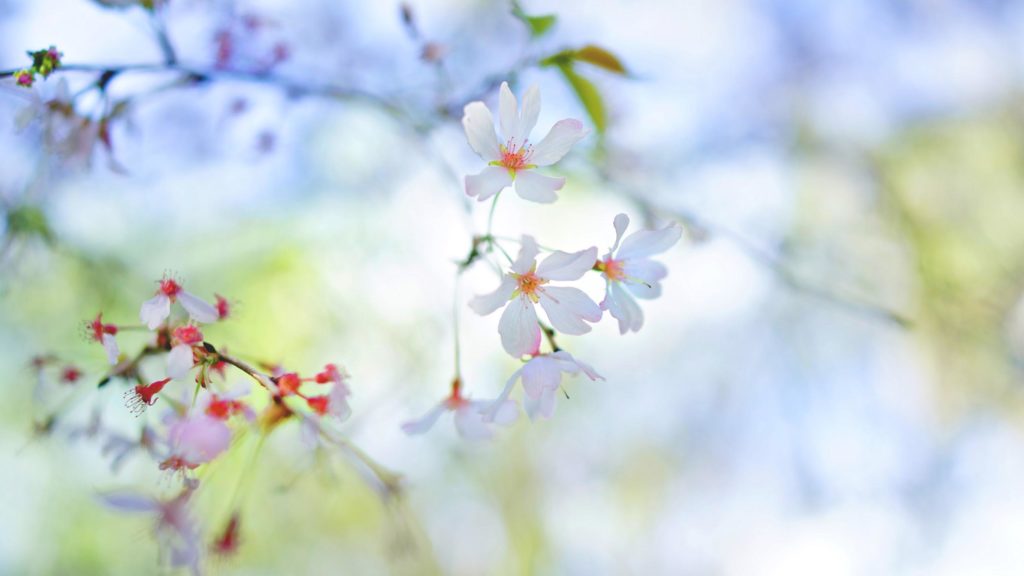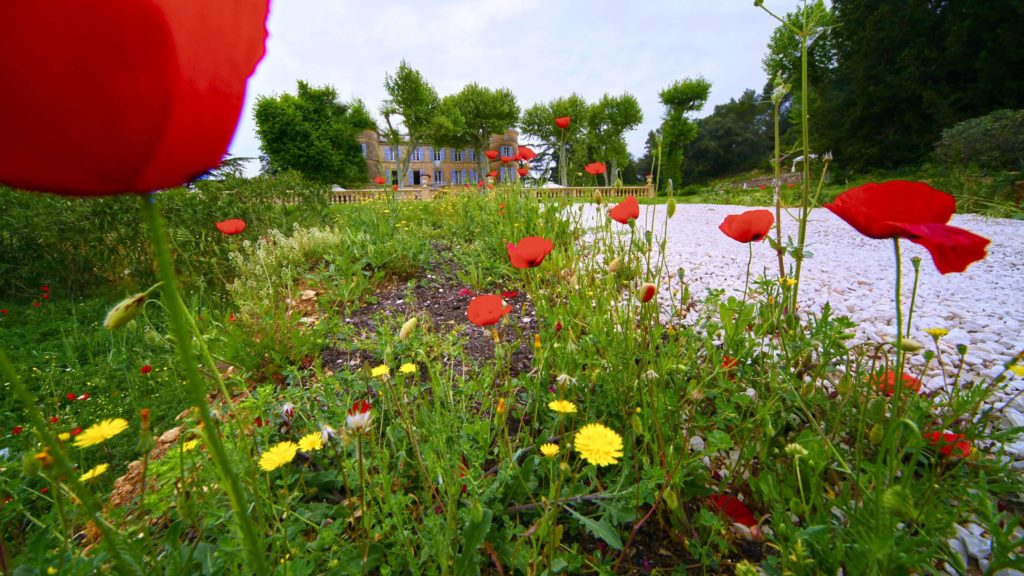Shoot outside Your Comfort Zone
Episode #9 of the course The best photography hacks by Tom Ang
Hello there!
Do you feel this course has been something of a boot camp? We’ve covered lots of ground, and given you plenty to keep you creating for months.
If you’re in for a few more challenges, these aim to drag you out of your comfort zone. I’ll tell you a secret: these aren’t exercise. They are seriously powerful hacks to new creativity.
Shoot in Black and White
You may already feel comfortable—even prefer—shooting black-and-white images. If so, skip this. If you tend to shoot in color and only sometimes convert to black and white, try shooting black-and-white images only.
• Set your camera to capture only in black and white: most modern cameras allow this.
• Examine your images carefully to see what works and why. Then rinse and repeat. Shoot the same subject in different light from different angles.
• Black-and-white images work differently from color: if you can shoot strongly with black and white, it helps you compose any image (start looking forward to tomorrow’s lesson).
Tape Down Zoom Control
The zoom lens is so handy, we may become too dependent on it, making our eyes and brain a little lazy. You can improve your photo technique by taping down the zoom and forcing yourself to work as if with only one lens.
• Tape the zoom at its widest setting (shortest focal length). Force yourself to shoot only pictures that work at the widest setting. This is a superb discipline—makes you walk more!
• Tape the zoom at its longest focal length setting (highest magnification). You may find yourself looking for shots in a different way.

Force Over- or Underexposure
For this, we use our good friend, the exposure override, or compensation control, to force all images first to look too light by over-exposing. The flip side is to make them too dark.
What’s the point? If you’ve never done this, prepare to be surprised how many images actually work really well. Try and you will see!
• Set underexposure of around -2 stops. This works well with contrast lighting like bright sunshine with deep shadows.
• Set over-exposure of +1.5 or 1 ⅔ stops. This works well with evenly lit situations like a cloudy day.
Here are a few examples of what can be achieved with over-exposure.

Eyes Shut
This hack may be toughest to do, so save it for when you’re feeling up to it.
• Photograph without looking through the viewfinder—yes,without framing up.
The best is to shut your eyes and release the shutter. Of course, you don’t just do it anywhere, any time. When you see something that looks promising, point the camera (on auto-everything) and press the button. Again, be prepared to be surprised.
And if you think I’m mad, I will tell you that two of my exhibitions were of images made without looking through the viewfinder.
I hope you’ll have lots of fun, as well as inspiration, from these hacks. Unlike skydiving, if you first don’t succeed, you can keep trying.
Tomorrow, a few effective tips on composition . . . and not a rule in sight!
Best,
Tom
Recommended book
The Art of Photography: A Personal Approach to Artistic Expression by Bruce Barnbaum
Share with friends

